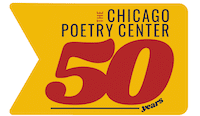The House on Mango Street is a fairly popular book in Chicago and is taught at both literary organizations and in Chicago Public Schools. The book takes snapshots of Cisneros’ life growing up in the city and discusses family. In many ways the book is a bildungsroman.
We looked at the excerpt titled “Hairs” from the book and the uses of metaphor and figurative language Cisneros uses to describe her family based on their hair styles and textures. This was different for us as The House on Mango Street is a novel written in verse, but it still uses a lot of poetic elements. Because most of the students at TEAM are African American and Cisneros is Latina, some struggles in connecting to the piece resulted from the cultural boundaries and the differences in hair textures and styles. The uses of figurative language were a challenge to get through, but we made it and some of the students were able to discuss their own family dynamis based on solely their hair. Below are a few examples from one of Ms. Payne’s 10th grade classes.
Ms. Payne
10th Grade (8th Period)
Grandma
Dejah K.
From the grey strings to the end of the curl.
Rapping it up on Saturday ready to show for church on Sunday morning.
Auntie
Jasia S.
My auntie hair is soft
My auntie hair is silky
My auntie hair is long
My auntie hair is brown
My auntie hair is like a horse’s tail
Untitled
Shanika T.
My brother hair is like gum
it’s thick, long, and hard to do.
My mom’s hair is black and blue
her hair reminds me…

